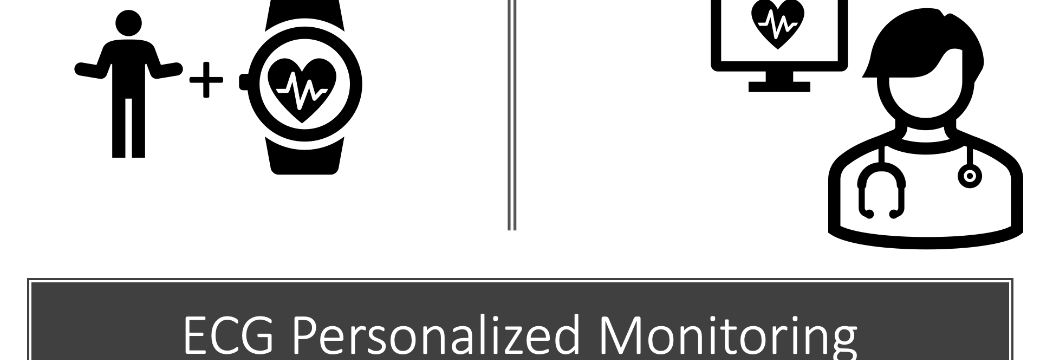
SenticsBrain
Video
Project / product name: ECG Personalized Monitoring
Link to the project: https://github.com/solcmichDS/ceehack-senticsbrain
Team leader: Jiri Stodulka
Challenge: 3. Data Analysis as Life Saver
Problem: There are plenty of wearable devices in Czechia and in the world in general. Those wearables are often capable of measuring vital signs, even ECGs. The problem is how to analyze those data and make use of them to the doctors, so they can better focus on the patients that actually need it
Solution: Automated system capable of analyzing such data and notify doctors when it notices anything strange. Emphasis should be on patient’s individuality as anyone’s normality could easily be someone’s abnormality. Our solution learns each patient’s individuality on ECG data and finds abnormalities for each and every one separately as well as detecting some deviations from general norm. All of this is done using simple, yet edgy AI technology.
Impact: Imagine every person using Apple Watch with ECG technology utilizing this simple model. According to statistics, roughly 120 million people worldwide owns Apple Watches. Hence, this approach has a huge potential. In Czechia, roughly half a million people with the Watch can use the advantage of the solution all with one click.
Feasibility & financials: This trained model could theoretically be used right now. Of course, it is not perfect and the project requires further investment. Because of the high precision of the solution, it could be used as a support system for prioritizing patients in need. Main focus in future should be the model’s recall, with costs and constrains associated with productionalization.
What is new about your solution?: In one word – individuality. Due to the chosen approach, the model is able to work on individual level with high precision as well as on a global level. The model is able to adapt as new measurements come and tailor its detection to every single patient. To learn more, please visit our GitHub for the executive summary document with technical reasoning and the code.
What you have built at the hackathon - text explanation + code (e.g. GitHub link): In hindsight, we built an algorithm capable of detecting patients anomalies in her own history of ECG measurements from wearables. Best described in GitHub here: https://github.com/DataSentics/ceehacks-senticsbrain
What you had before the hackathon, please mention open source as well: Only our Data Science / Data engineer knowledge and a Databricks workspace where we made all our training and computation during the hackathon.
What comes next and what you wish to achieve: We want to get involved in R&D and further work on the solution. We are motivated to publish a research paper while developing a real product with market fit at the same time. We would love to obtain more data and someone to consult them deeply with, so we better understand their nature.
